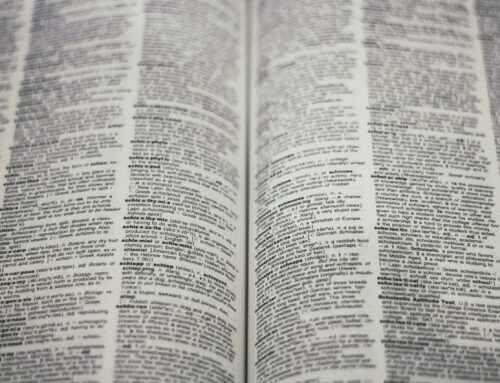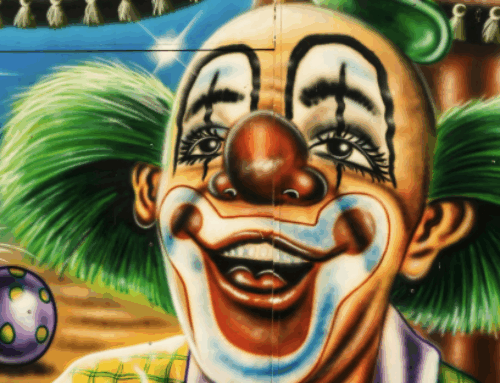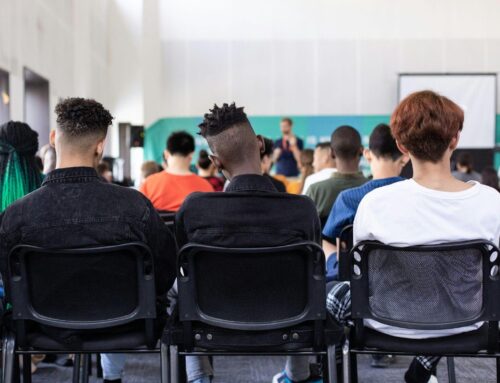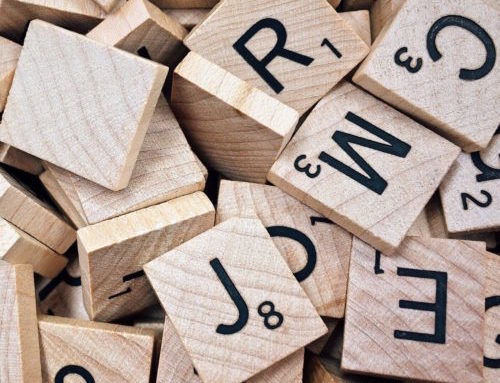 How did you learn how to speak your first language? Don’t remember? Don’t worry…you shouldn’t! Theories and research about human language acquisition have been abounding for decades—from B. F. Skinner’s idea that we learn language from operant conditioning to Noam Chomsky’s opposition that language is innate. Now, recent studies suggest that humans are actually born with biases in language structure.
How did you learn how to speak your first language? Don’t remember? Don’t worry…you shouldn’t! Theories and research about human language acquisition have been abounding for decades—from B. F. Skinner’s idea that we learn language from operant conditioning to Noam Chomsky’s opposition that language is innate. Now, recent studies suggest that humans are actually born with biases in language structure.
A team at the International School of Advanced Studies in Italy conducted an experiment designed to examine how infants perceive different types of words. In the process, they viewed how the oxygenation of a specific part of the brain changes over time. In doing so, the researchers analyzed the brain reactions of newborns when exposed to common and uncommon sound combinations. Interestingly enough, results illustrated that even with hardly any knowledge of phonetic conventions, infants reacted in different ways to common sounds than they did to uncommon ones. These results suggest that some components of language may, in fact, be innate.
Iris Berent, a psychology professor at Northeastern’s College of Science, has conducted behavioral studies on infants in Northeastern’s infant phonology lab in conjunction with the Italian study. In Berent’s study, each child involved was seated in front of a video screen that displayed an image that moved in accordance to a specific sound, such as “bnog” and “bdog.” Neither of the aforementioned sounds exists in the English language, but the sound sequences in “bnog” are more popular across other languages. Berent originally hypothesized that when infants heard sounds to which they possess innate bias, they would look longer at the screen. The study is ongoing, but so far results have upheld her hypothesis.
It is fascinating to think that we could be born with a basic knowledge of language structure rather than with blank slates waiting to be written on. Discoveries such as these can help strengthen the way we communicate and change the way we perceive language dysfunctions for the better.
Did You Know?
Modern American Sign Language (ASL) may have been adapted from the French. A person using ASL may recognize some signs from French Sign Language (LSF), but the two have developed into their own distinct languages.



